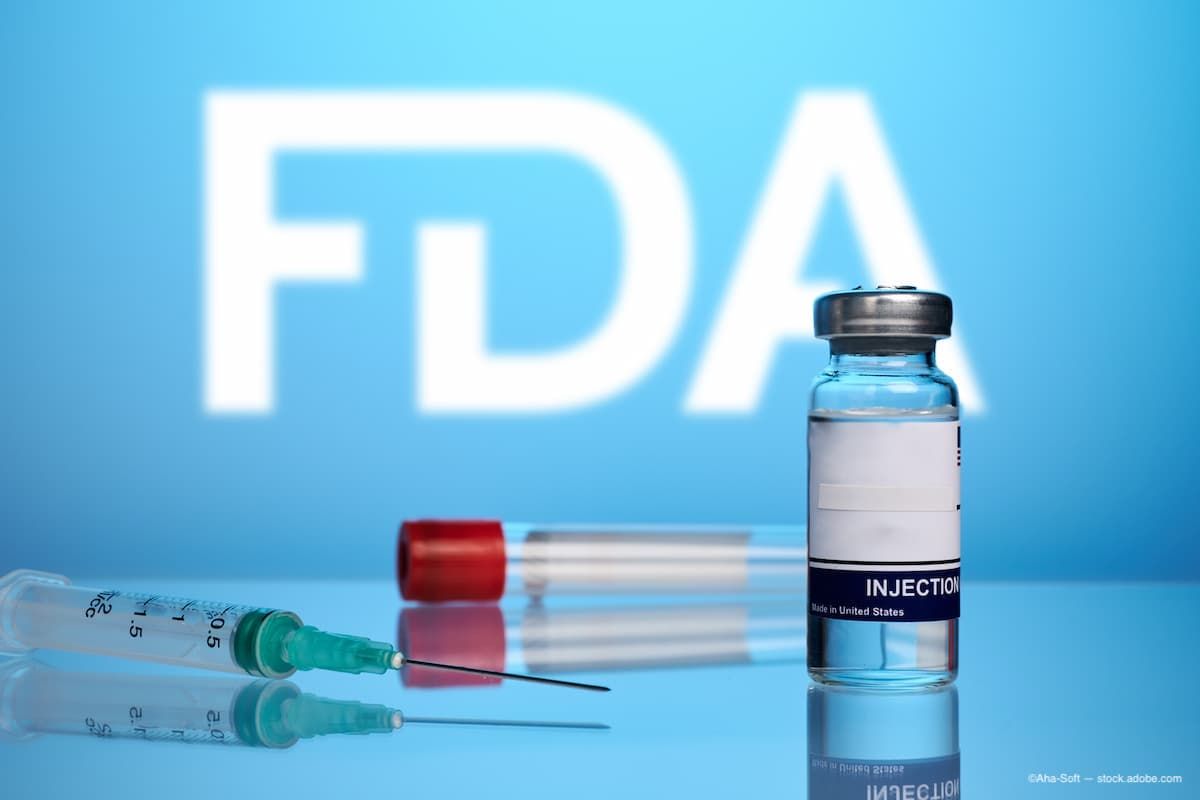Article
PostLASIK dry eye can be a challenging condition to treat
Prevention of postLASIK dry eye by recognition and management of risk factors is critical because treatment of dry eye that develops after LASIK can be challenging, said Stephen C. Pflugfelder, MD, in a keynote address at the refractive surgery subspecialty day meeting.
New Orleans-Prevention of postLASIK dry eye by recognition and management of risk factors is critical because treatment of dry eye that develops after LASIK can be challenging, said Stephen C. Pflugfelder, MD, in a keynote address at the refractive surgery subspecialty day meeting.
"PostLASIK dry eye is a common problem that can lead to blurred and fluctuating vision, decreased contrast sensitivity, regression of the myopic treatment effect, and dissatisfied patients," said Dr. Pflugfelder, professor of ophthalmology, Baylor College of Medicine, Houston.
The most important strategy for preventing problems with postLASIK dry eye is to identify a pre-existing dry eye condition and treat it. Lubricants and punctual occlusion may be used, while a study reported by Marguerite McDonald, MD, points to a role for anti-inflammatory/immunomodulatory drugs. In that investigation, a course of topical cyclosporine begun 1 month preoperatively and continued for 3 months after LASIK enhanced visual recovery and resulted in overall improvement in visual outcomes and symptoms of eye irritation.
Patients with pre-existing dry eye may also be considered for a surface ablation procedure instead of LASIK. However, if LASIK is performed, creating a flap with a wide, nasal hinge appears helpful for increasing preservation of corneal nerves and reducing the risk of postLASIK dry eye.
When treatment of postLASIK dry eye is necessary, keeping the ocular surface well-lubricated is important. In addition, punctual occlusion can be considered along with the use of moisture chamber spectacles in patients with a decreased blink rate in order to reduce tear film evaporation. If the problem is severe, temporary wear of silicone hydrogel contact lenses is also an option for keeping the corneal surface well-hydrated, while use of anti-inflammatory/immunomodulatory agents, including cyclosporine A, topical steroids, tetracycline and autologous serum, is another alternative.
Newsletter
Don’t miss out—get Ophthalmology Times updates on the latest clinical advancements and expert interviews, straight to your inbox.




